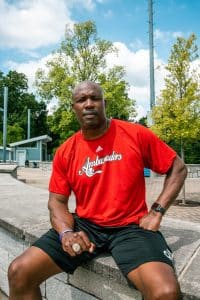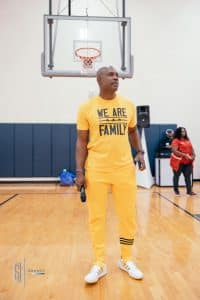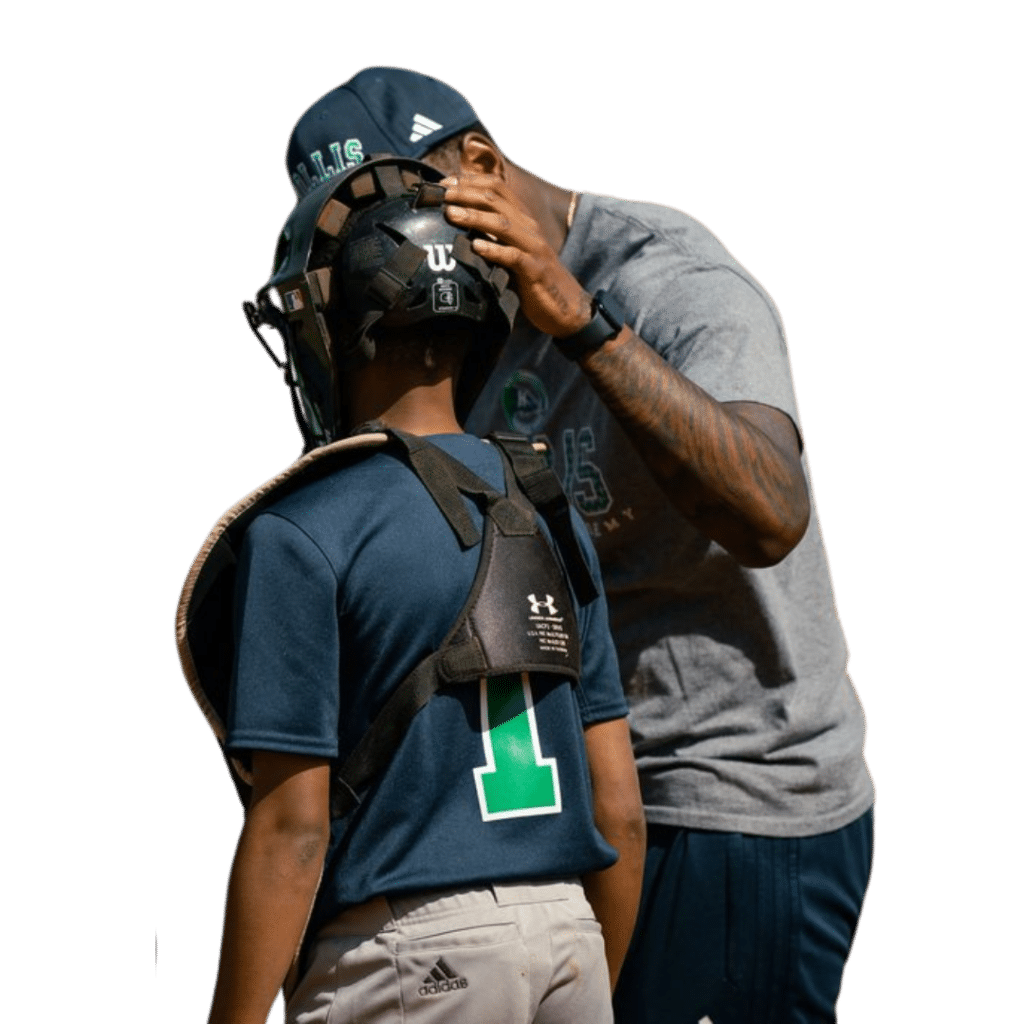
What batting average do you want to end the spring 2023 season with? How many home runs would you like to have?
Did you know that it takes 3,000 reps to build a habit?
There are seven parts to the swing that include:
- Stance/Load
- Timing
- Tempo
- Tracking
- Approach
- Contact
- Extension/Finish
Seven parts of the swing times 3,000 reps is 21,000 reps.
What gets measured gets improved. I suggest you keep track of every rep you take November through January so you will be confident to compete in the spring.
That way your bat is booming while the flowers are blooming.
Okay, now here’s your homework:
- Get notebook paper and a pencil.
- Create a graph with seven columns.
- Each column will represent one of the seven parts mentioned above.
- Start tracking your reps today through the end of January for each part.
For more information, visit L.E.A.D. Center for Youth today. Also, check out our Digital Magazine.
C.J. Stewart has built a reputation as one of the leading professional hitting instructors in the country. He is a former professional baseball player in the Chicago Cubs organization and has also served as an associate scout for the Cincinnati Reds. As founder and CEO of Diamond Directors Player Development, C.J. has more than 22 years of player development experience and has built an impressive list of clients, including some of the top young prospects in baseball today. If your desire is to change your game for the better, C.J. Stewart has a proven system of development and a track record of success that can work for you.






